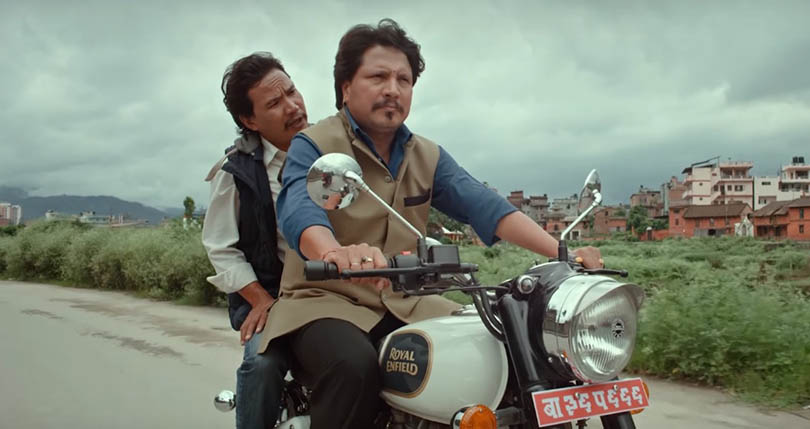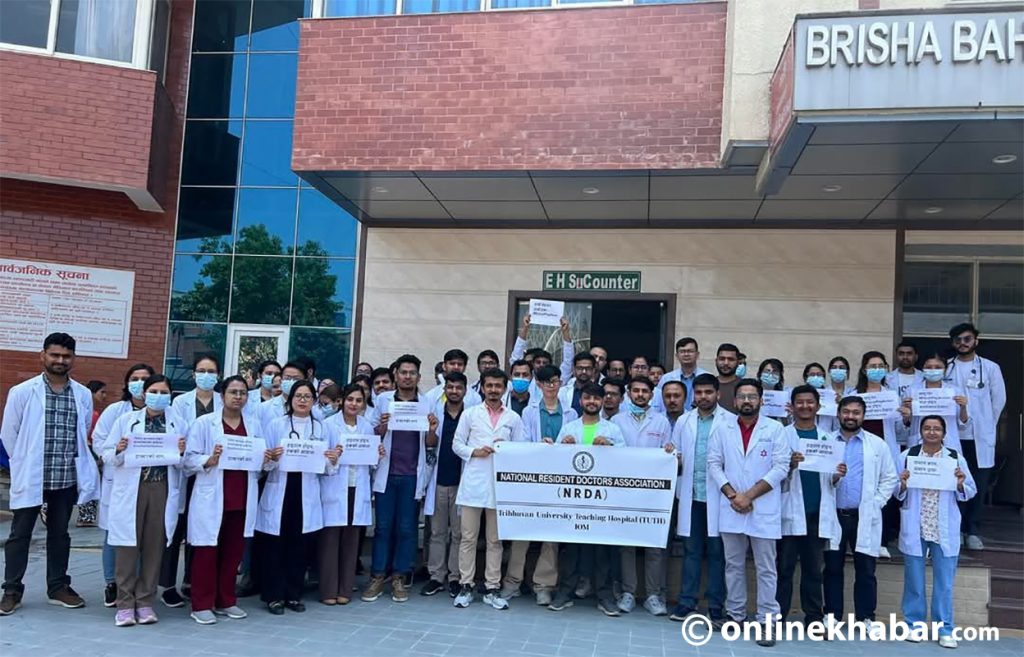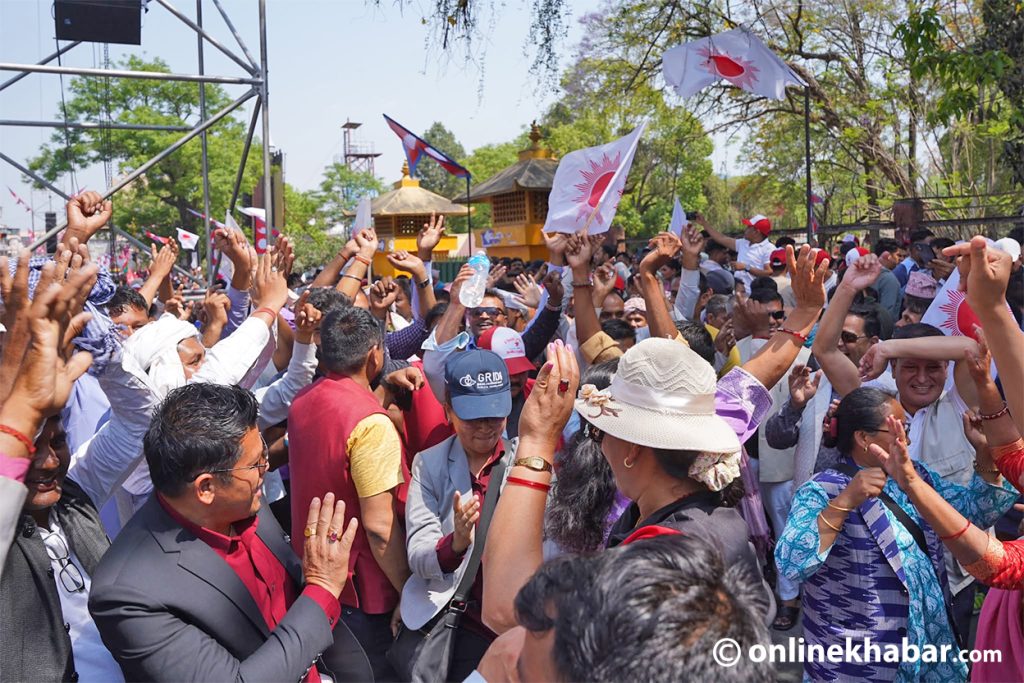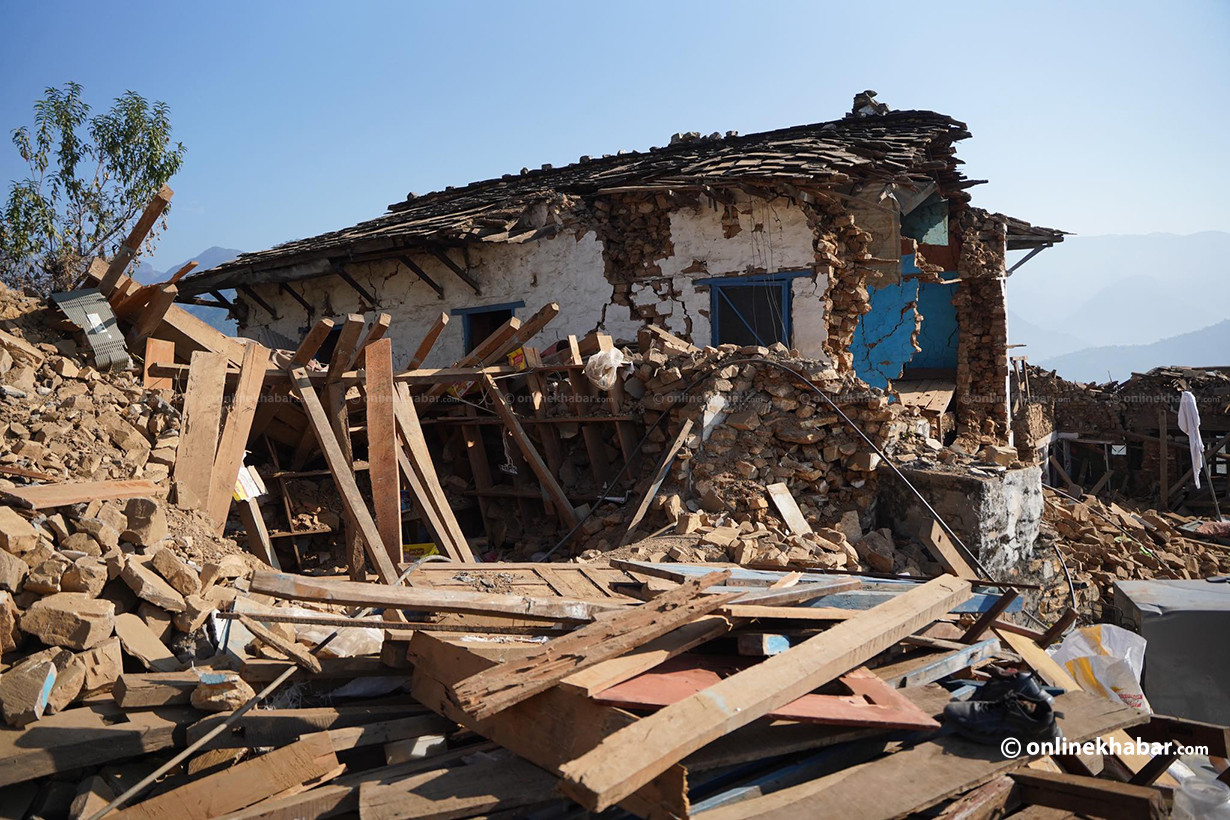While writing and shooting are the most important phases in the film-making process, it is on the editing table that a movie is born.
An age-old definition talks about editing as ‘cutting of a film’ but Lokesh Bajracharya, the editor of films like Visa Girl and Chhadke, and Nimesh Shrestha, the editor of Suntali, believe their work is a cut above that.
“That’s exactly what editing is not. Editing is not about using a pair of scissors to cut out extra shots. It is more about combining shots together to tell a story,” Bajracharya says. “Think of it as putting commas in a long sentence.”
They say that an editor is the first viewer of a film, and he is also its final writer. During post-production, a script is handed to the editor along with an ‘edit decision list’ to help put the shots in chronological order. The output, which we see in cinemas, would have gone through countless revisions.
“We see the entire movie as if we were a member of the audience sitting at a cinema hall,” Shrestha says. “Our job is to get the audience involved to a degree where we maintain the right pace and rhythm that justifies the tone of the film,” says Shrestha, who just added Kalo Pothi to his portfolio.
***
There is a famous quote from acclaimed filmmaker Stanley Kubrick on the importance of the process of editing. He famously said, “I love editing. I think I like it more than any other phase of making a film. If I wanted to be frivolous, I might say that everything that precedes editing is merely a way of producing film to edit.”
Whether Kubrick’s saying should heeded or not depends on the discretion of the listener, but the process of editing a film does deserve recognition as an art form, nonetheless.
It’s the editor who makes you fall in love with the actress’s dimple or make you hate the freckles of a villain. It’s the editor who guides the audience’s mindfulness without them even realising it.
“I call it a visual poetry,” Bajracharya says. “It’s an invisible art. I would name my work a successful one if people don’t even realise the editing and talk about it later.”
Even though post-production literally means the job that’s left to be done right after all shooting purposes are completed, editors these days refrain from being restricted just to this part.
With editors like Bajracharya and Shrestha, the industry has sound technicians who have not only mastered this art but have received acclaim at international level as well.
Shrestha says, “I am thankful to directors like Manoj Pandit (of Dasdhunga and Badhshala fame) and producers like Apil Bista, who did not just give me freedom to edit, but also had be involved during the scripting phase. It allowed me to visualise the film even before it was shot, and I could come up with experimental techniques to prepare for the smoothest cuts possible.”
With editors like Bajracharya and Shrestha, the industry has sound technicians who have not only mastered this art but have received acclaim at international level as well.
But there are still bottlenecks that refrain editors from achieving the smoothest cut.
“Primarily, it’s the lack of footage,” Shrestha says. “And I am not talking about ‘good’ or ‘beautiful’ shots but footage that make sense. I might ruffle some feathers by saying this, but we don’t have good, sensible actors who know the tricks of the trade.”
Bajracharya shares similar thoughts on the difficulties editors face during the process. “Screenplay writers don’t have boundaries. Directors don’t have boundaries because after all, it’s their film. But we [the editors] too are a part of a huge machine that needs to run smoothly if a commendable film is expected.” He further concludes succinctly, “We should not only be limited to tuck and hide the mistakes made during shooting.”
***
Credit
Cover image: Stanley Kubrick looking at a strip of celluloid/Filmmakeriq.com; Opening image: Akira Kurosawa at the edit table/Wiki Commons; Other image: A typical timeline in Final Cut Pro, a professional editing suite/Wiki Commons.
***
Also read
It’s Friday, but Nepali cinema-goers are not watching Nepali movies. Here’s why
Nepali tv is dead. But it still may not be totally out

























